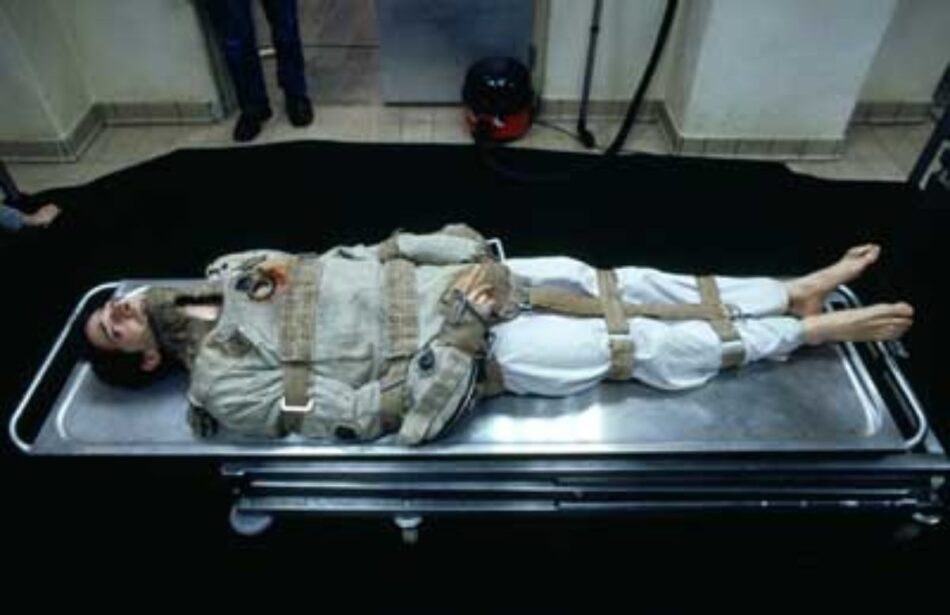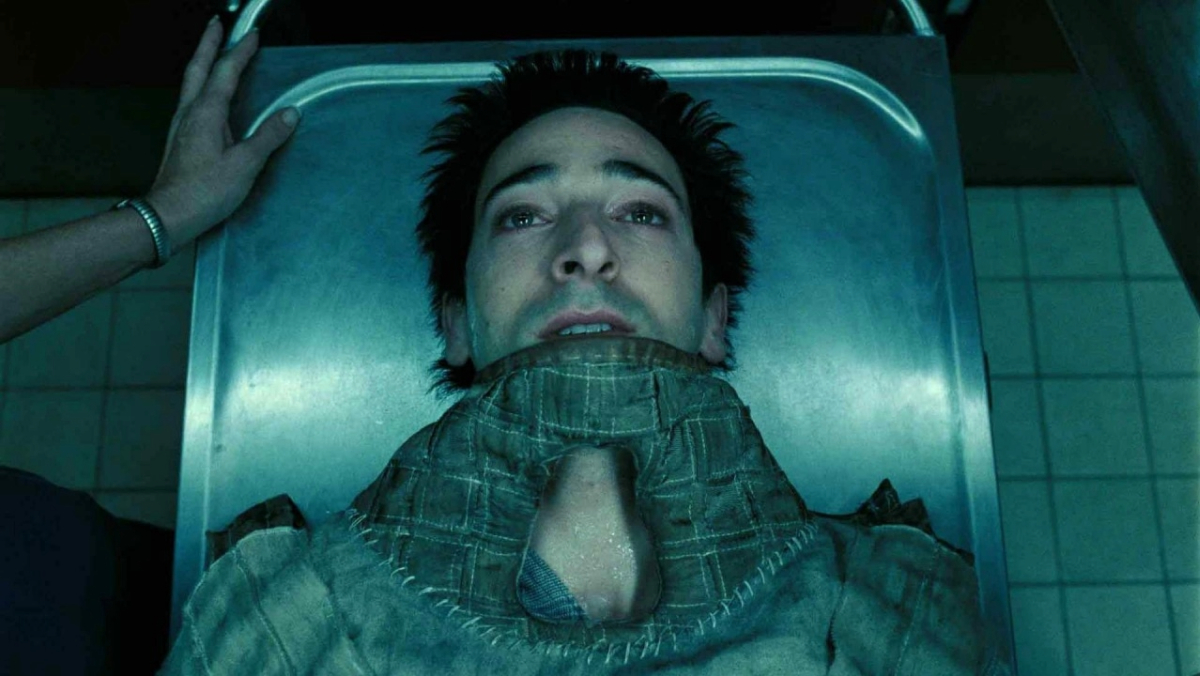It passed quietly, almost unnoticed. Had I not come across an eye-catching poster by chance at the cinema, I might never have learned about it. The film doesn’t look low-budget considering that 19 million was spent on it. But no expense was spared on the stars. Kiera, Adrien – almost all the actors are well-known.
Surprisingly, this is one of the first full-length films by John Maybury – and he hit the mark. The genre of science fiction is incredibly flexible. Sci-fi can be enjoyed simply for the immersion into an unrealized or entirely impossible reality. But it’s also one of the most “convenient” genres for encoding messages within the plot.
Is our reality real? What reality surrounds us? Is it as strong and unshakable as the fabric of reality in which we exist? In which dimension are we moving – in three- or four-dimensional space-time? And what do we travel with? Our body or our consciousness? How material is the material world around us? Alongside the “schizophrenic” cinema that explores the invasion of consciousness beyond the boundaries rigidly defined by society, in the form of some kind of knowledge that doesn’t answer all the questions of existence, The Jacket presents a unique example of a little hook upon which thought is caught, at least once, giving us the chance to look at the fabric of being from its inside. What if the inside is the face?
It’s still unclear why it was named “Пиджак” in the Russian version, when it would have been more accurate to call it “Рубашка,” as in the straitjacket (strait jacket). It’s specifically about that. By the way, the analogy with the straitjacket in the film is not without purpose. What’s normal? What is abnormal?
Films that leave more questions than answers – The Jacket.

